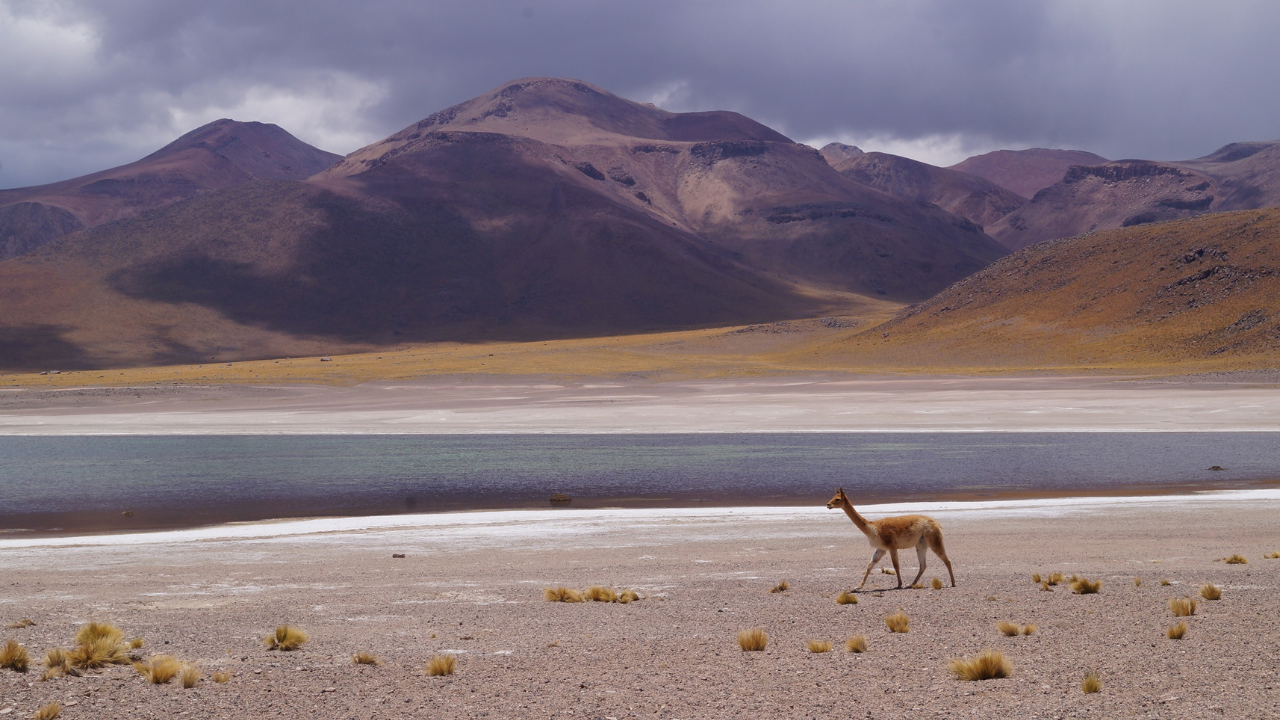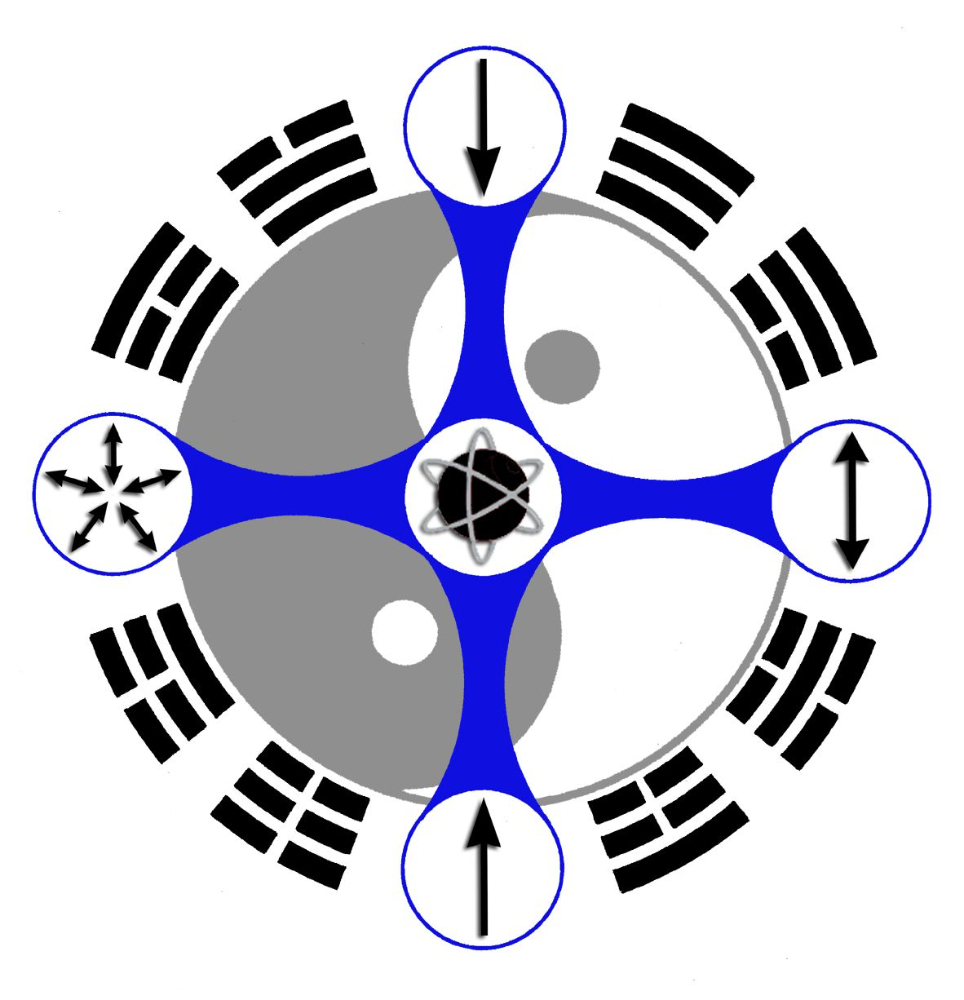Peaks & Plateaus of Internal Arts Training (Part 1 of 2)
Jan 31, 2023
By Paul Cavel
When training an exercise of any kind over a long period of time, reaching plateaus and temporarily struggling to overcome them is a common, ever-repeating event. Athletes the world over can attest to this fact. However, something more takes place in the realms of internal arts training due to the fact that the movements are designed to directly affect the body’s internal systems. Some of the techniques go towards immediate results, such as increasing blood flow and improving oxygenation of the cells, while others are less lucid yet with no less profound implications, such as making the soft tissue of the body “wet” or literally dissolving physical and energetic blockages by applying your mind’s intent.
In modern exercise programmes, the muscles are the focus. They create referred pressures on the internal organs, blood vessels, glands and nerves, which in turn stimulates all the body’s internal systems — albeit with a limited overall effect. My teacher Bruce Frantzis is fond of recounting his experiences with Master Wang Shu Jin, who pointed out quite animatedly that you can live without a leg or an arm, but you cannot live without a heart, a liver or at least one kidney! Therefore, if through internal exercise you can, for example, directly target blood circulation or the efficiency of your internal organs to boost their functioning, your effort penetrates much deeper than when done via external forms of exercise.
As you become more efficient in your practice, you can progressively access deeper layers of your body, and weave in and refine more intricate internal (neigong) techniques. For instance, you might gain more control over opening up the major blood vessels of your body that might have become restricted over the years. Maybe you open up your digestive valves by releasing localised tension which, thereby, improves the flow of gastric juices and digestion in general. These kinds of internal changes can have profound and long-lasting effects on your overall health and well-being.
How to Boost Your Energy
The underappreciated point is that when you reach plateaus in your training, your energy goes towards stabilising your body’s systems to create balance rather than increasing energy per se. Everything in the body is connected, so a change in one part naturally calls upon a shift in the whole or the change can only be superficial, by definition, and will not likely hold in the longer term. Conversely, if allowed to re-balance and re-stabilise, then the body’s systems can circulate and generate a higher vibration of energies that allows you to store more qi. This abundance of energy in turn helps you to open up, heal and regenerate deeper layers of bound soft tissues and qi within your body. That is, a positive feedback loop is enacted.
You cannot necessarily cultivate more qi simply by practising and repeatedly navigating around the same old, stuck blockages, allowing them to remain fixed within the whole. The aim is to slowly, over time, release physical, energetic, emotional and mental blockages, sometimes one painstaking thread at a time — like undoing a knot — and it might not feel as though much is happening or that your practice is advancing at times. More likely though the opposite is true: you are dredging up and releasing that which holds back your overall progression, albeit sometimes incredibly slowly.
Even though you might have periods where you really do not feel like you are getting anywhere, in actuality it might be that you are rooting out tensions that weigh you down. These plateaus can continue for a few days to weeks or even months — depending on factors like which of the eight energy bodies are in play, how entangled any specific blockage might be within the whole subtle energy anatomy and where in the physical body the blockage is located. It is a highly subjective experience with “10,000” potential variables.
Summary
In any type of training exercise there will inevitably be peaks and plateaus. Peaks provide inspiration, and enable growth and a new view to set your course. Plateaus are where the real work takes place, when you are on your path and there is not much going on to give you inspiration. It has got to come from within. All you have to do is start by becoming present to the moment and continue on — without projecting into the future or holding on to the past.
In Part 2, we will explore a vetted Taoist principle that will help you along your path.
Join a course — online or in person — to learn how the Water Method can help you overcome physical, energetic, emotional and mental traumas, to become stronger and feel more alive!

